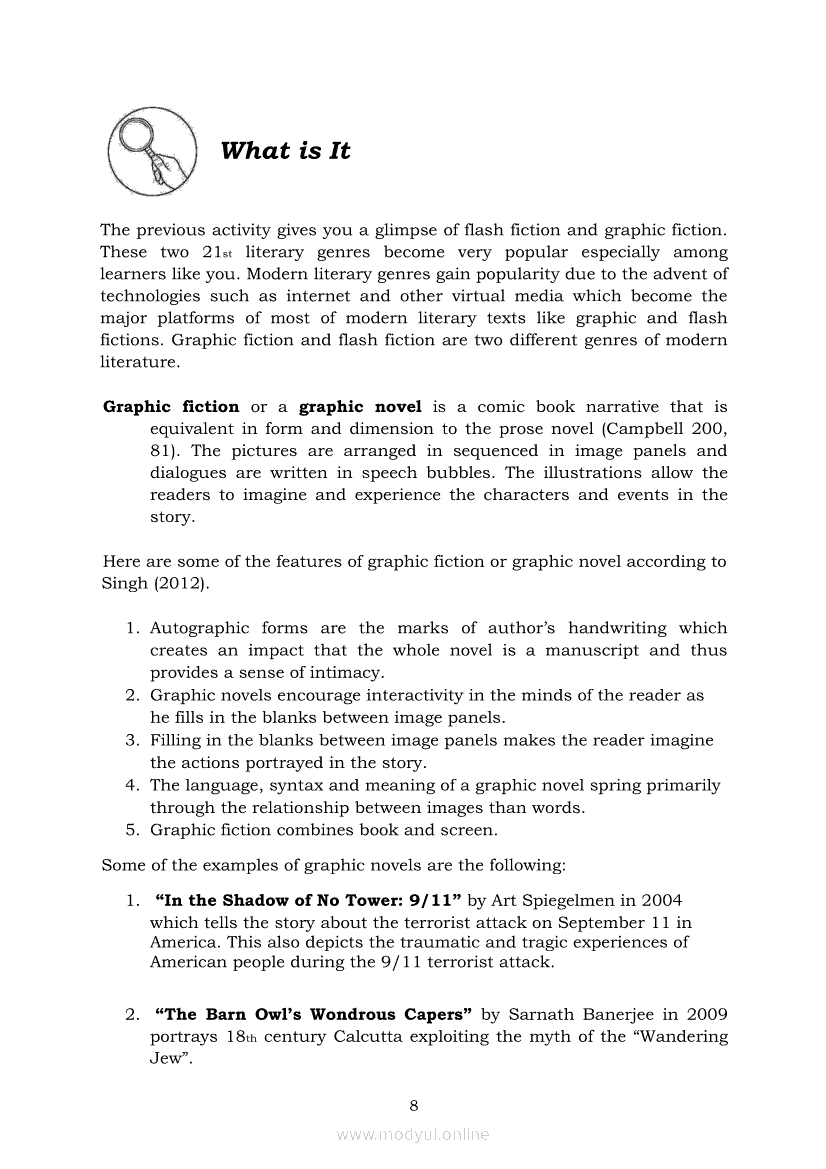
-4-03.png)
The EL Journal is an academic open-access, double-blind peer reviewed international journal published on a biannnual basis and appearing both in print and on-line. If readers feel we have made a first step in this regard, we will be delighted. I have nonetheless responded to my own perception that the EIL literature has spent a lot of time pointing out what EIL competence is not, but less time suggesting what it is.

His strongly expressed views of social alignment and sociolinguistic sensitivity have, I hope, helped me avoid reductionism in my own attempt to characterize (rather than definitively or narrowly define) EIL competence in this introduction. My co-editor therefore provides a different angle on “rational diversity” as he underlines the need to broaden our perspectives, whereas as definitions tend to summarize and reduce.

His suggestion that we are actually in search of context-based confirmations rather than objective and context-free affirmations underline the difficulty of providing a meaningful definition of EILcompetence at all. Sivasubramaniam proposes a pluricentric view of community leading to a notion of competence that is enriched by its dependence on a plurality of contexts. This is perhaps most apparent in Sivasubramaniam’s contribution, which provides a much broader challenge to the concept of competence itself. On closer examination, however, I have found that similar but very important concepts are contextualized very differently in these chapters. In the case of Chomskian linguistics, might we not need to acknowledge that EIL specialists have so far struggled to come up with an adequate characterization of linguistic competence? As a result of this conceptual divergence in part 1, there is inevitably some repetition too.

The parts may come together in apparent coherence as with a kaleidoscope, but the ‘fixed’ outcome will only be provisional. As Sivasubramaniam suggests in this volume, we must therefore view all attempts a creating ‘final’ systems as temporary. Moser coins the phrase ‘meta-epistemic instrumentalism’ (p.16) which “enables us to explain as rational conceptual divergence what initially looks like perennial disagreement.” In Moser’s view, “the diversity hides a deeper rational unity” (p.17). Moser (p.16) argues instead that to characterize the present state of epistemic scholarship as ‘rational’, a tolerance of conceptual divergence is needed that might not be encompassed in a coherent holistic model (coherentism). However, Moser does not support the artificial creation of a tidy fixed, impervious system of interconnected beliefs. For Moser (2002, p.6), holism is related to ‘epistemic coherentism’ as it “finds the ultimate source of justification in a system of interconnected beliefs or potential beliefs”. In our own field, we might want to reconsider whether a common target for rejection (frequently also within this volume), Chomskian linguistics, is indeed really in opposition to holistic views of competence. This can sometimes take the form of rejecting scholarship that we cannot reconcile within our own paradigm. When faced with a broad and divergent body of knowledge, it would have been tempting to simplify the different accounts of knowledge into some kind of coherent whole. As Moser, (2002, p.17) eloquently suggests in defence of his own epistemology, meta-epistemic instrumentalism, Within the tolerant confines of meta-epistemic instrumentalism, we can welcome even as rational, much of the remarkable divergence we see in contemporary epistemology (p.17). After all, the tolerance of different perspectives is an essential part of the epistemology of EIL. We do not wish to attempt to resolve differences of perception, although I will discuss some differences in this introduction. In this introduction and part 1, the four chapters on the meaning of EIL competence by four different authors present very different perspectives. The introduction to this volume is intended to be a holistic introduction to international /intercultural communicative competence.


 0 kommentar(er)
0 kommentar(er)
